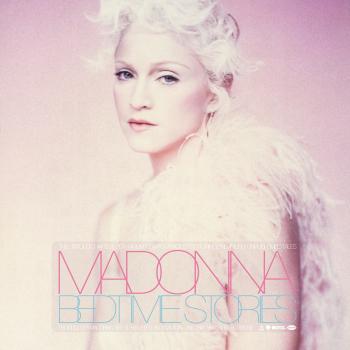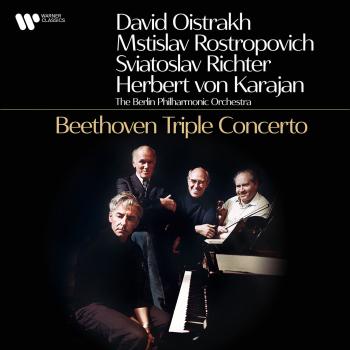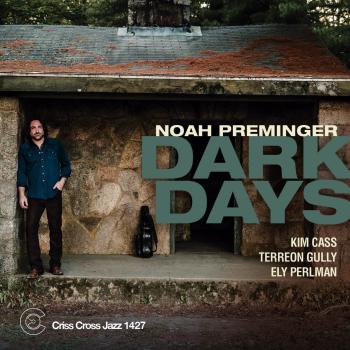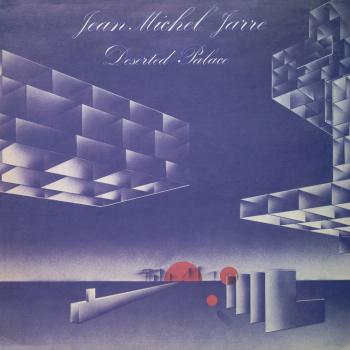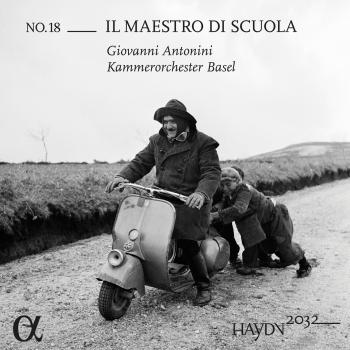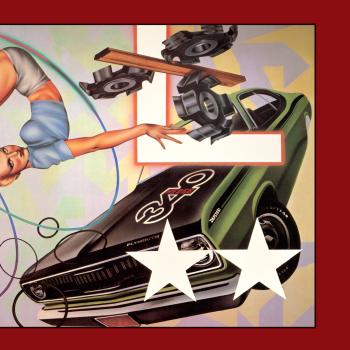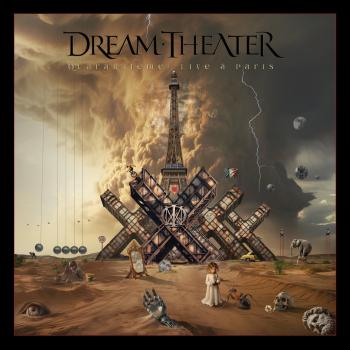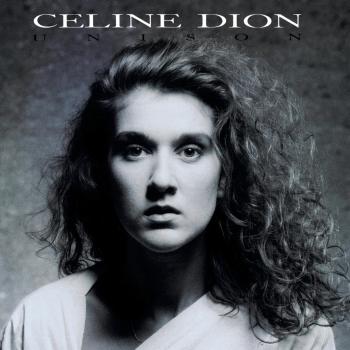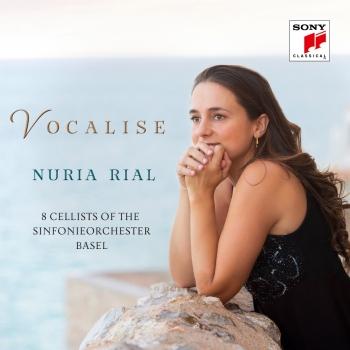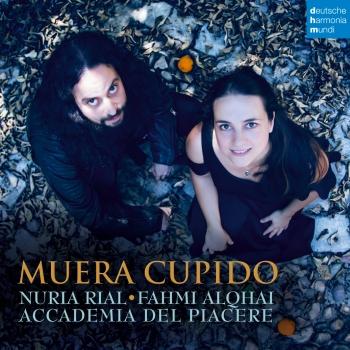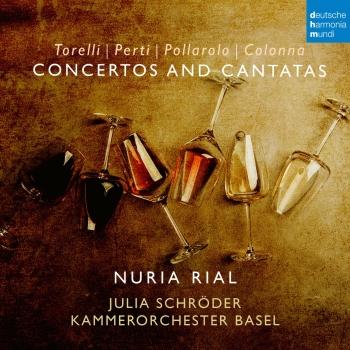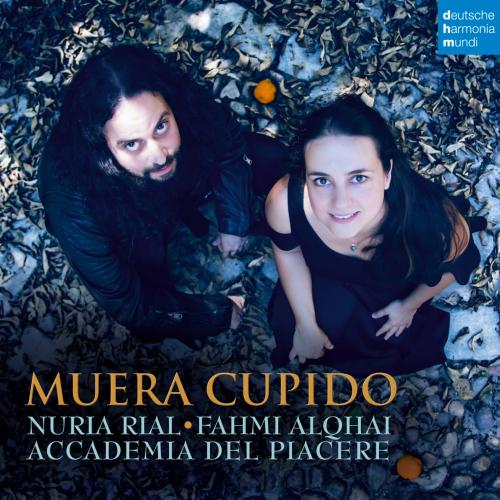
Muera Cupido Nuria Rial
Album info
Album-Release:
2019
HRA-Release:
08.03.2019
Label: deutsche harmonia mundi
Genre: Classical
Subgenre: Vocal
Artist: Nuria Rial
Composer: Georg Philipp Telemann (1681-1767), Sebastián Duron (1660-1716), Johann Sebastian Bach (1685–1750)
Album including Album cover
I`m sorry!
Dear HIGHRESAUDIO Visitor,
due to territorial constraints and also different releases dates in each country you currently can`t purchase this album. We are updating our release dates twice a week. So, please feel free to check from time-to-time, if the album is available for your country.
We suggest, that you bookmark the album and use our Short List function.
Thank you for your understanding and patience.
Yours sincerely, HIGHRESAUDIO
- Francisco Guerau (1649 - 1722):
- 1 Pavana 04:35
- Sebastián Durón (1660 - 1716): El imposible mayor en amor le vence amor:
- 2 El imposible mayor en amor le vence amor: Y, pues consentir no debo (Recitado) 03:05
- 3 El imposible mayor en amor le vence amor: Yo hermosísima Ninfa (Aria) 03:30
- Las nuevas armas de amor:
- 4 Las nuevas armas de amor: Quantos teméis al rigor 05:38
- Anonymous:
- 5 Marionas 05:18
- Giovanni Bononcini (1670 - 1747):
- 6 Pastorella che tra le selve 03:39
- Anonymous:
- 7 All'assalto de pensieri 04:55
- Francisco Guerau:
- 8 Xácara 04:26
- Sebastián Durón: Salir el amor del mundo:
- 9 Sosieguen, descansen 06:16
- José de Nebra (1702 - 1768): Viento es la dicha de amor:
- 10 Selva florida 07:31
- Fandango (Arr. for Harpsichord):
- 11 Fandango (Arr. for Harpsichord) 02:22
- Vendado es amor, no es ciego:
- 12 Tempestad grande, amigo 03:18
- Amor aumenta el valor:
- 13 Adiós, prenda de mi amor 09:38
Info for Muera Cupido
"Was für ein schöner und zarter, nahezu absichtslos fließender und immer irgendwie tröstender Sopran", so beschreibt begeistert die Süddeutsche Zeitung die Stimme der katalanischen Sopranistin Nuria Rial. Ihre Aufnahmen für Deutsche Harmonia Mundi, egal ob mit Musik von Bach, mit Werken von Telemann, bei Duetten aus Händel Opern ("Duetti Amorisi") werden in aller Welt hochgelobt. Ihr neues Album hat sie mit dem brillanten spanischen Gambisten Fahmi Alqhai und seinem jungen, aufsehenerregenden Ensemble Accademia del Piacere aufgenommen. Im Mittelpunkt der Aufnahme stehen Werke des spanischen Barock-Komponisten Sebastián Duron (1660-1716), der in Sevilla als Organist und Komponist arbeitete und damals als wichtigster Komponist von Bühnenmusik galt. In seinen Zarzuelas kombinierte er meisterhaft den sogenannten italienischen Stil der damaligen Zeit mit Elementen spanischer Folklore. Besonders die Arietta ytaliana "Quantos teméis al rigor" aus der Zarzuela "Las nuevas armas de Amor" zeigt Duróns gelungenen Versuch, sich am italienischen Musikstil anzulehnen, die Arie "Sosieguen, descansen" aus der Zarzuela "Salir el Amor del Mundo" und die geschickt gewählten instrumentalen Zwischenspiele enthalten dahingegen typische Flamenco-Rhythmen und Elemente der traditionellen spanischen Musik. Das Album enthält aber auch herausragende Stücke weiterer Komponisten der spanischen Barockmusik: Die Musik des Spätbarock-Komponisten José de Nebra (1702-1768), einem anderen wichtigen Komponisten von Zarzuelas (Arie "Selva Florida" und Fandango "Tempestad grande, amigo"), und Werke für Barockgitarre von Francisco Guerau (1649-1722), die in diesem Album von Fahmi Alqhai arrangiert wurden. Die beiden gewählten italienischen Kantaten "All'assalto de pensieri" (Anonym) und "Pastorella che tra le selve" von Giovanni Bononcini (1670-1747) stehen beispielhaft für die Musik, die Duron damals inspirierte. Entstanden ist eine abwechslungsreiche Aufnahme mit hinreißenden Melodien, eleganten Rhythmen und reichhaltiger Instrumentierung mit Repertoire, was mehr als entdeckenswert ist. Musik, wie geschaffen für die fantastische Stimme von Nuria Rial und die exzellenten Musiker um Fahmi Alqhai.
Núria Rial, Sopran
Rodney Prada, Viola da Gamba
Rami Alqhai, Violine
Johanna Rose, Viola da Gamba
Miguel Rincón, Barockgitarre
Javier Núñez, Cembalo
Fahmi Alqhai, Viola da Gamba, Leitung
Nuria Rial
studierte Gesang und Klavier in ihrem Heimatland Katalonien. Sie wechselte nach Basel in die Klasse von Kurt Widmer, machte 2003 ihren Abschluss und gewann den Helvetia Patria Jeunesse in Luzern für ihre herausragenden Fähigkeiten als Sängerin.
Ihre feine, klare Stimme, das weich schwingende Timbre, Musikalität und Ausdrucksstärke, öffneten ihr auf internationaler Ebene rasch die Türen. Als Konzertsängerin arbeitet sie mit Dirigenten wie Sir John Eliot Gardiner, Paul Goodwin, Trevor Pinnock, Teodor Currentzis, Gustav Leonhardt, René Jacobs, Thomas Hengelbrock und Laurence Cummings. Dabei wird sie von Spitzenensembles wie Concerto Köln, The English Concert, Kammerorchester Basel, Collegium 1704, Il Giardino armonico, Les Musiciens du Louvre, Elbipolis Barockorchester, La Cetra Basel und L‘Arpeggiata begleitet.
Neben ihrer Konzerttätigkeit ist Nuria Rial auch immer wieder auf der Opernbühne zu erleben, wie in Monteverdis „Orfeo“ unter der Leitung von René Jacobs an der Staatsoper Unter den Linden in Berlin und in Cavallis „Eliogabalo“ in Brüssel. Wichtige Mozartpartien auf der Bühne waren Pamina in Genua und Ilia auf einer Tournee durch die Schweiz. Nuria Rial hat sich viel mit Barockmusik und historischer Aufführungspraxis beschäftigt und hat sich so einen Namen gemacht. Parallel dazu interessiert sie sich aber auch für andere Musikrichtungen. 2012 überzeugte sie zum Beispiel in der Rolle der Nuria in der zeitgenössischen Oper „Ainadamar“ von Golijov am Teatro Real Madrid, Regie Peter Sellars. 2015 wird sie mit dem Budapest Festival Orchestra unter der Leitung von Ivan Fischer erneut die Pamina singen.
Als begeisterte Kammermusikerin pflegt Nuria Rial Partnerschaften mit Ensembles wie „il pomo d‘oro“, „Café Zimmermann“ oder dem 'Nash Ensemble“. In ihren Liederabendprogrammen singt sie französisches und spanisches Repertoire, aber vermehrt auch das deutsche Lied.
Nuria Rial hat zahlreiche CDs für verschiedene Labels aufgenommen. Darunter die bekannte Figaro-Aufnahme mit René Jacobs. Seit Januar 2009 ist sie Exklusivkünstlerin bei Sony Classical/BMG Masterworks. Unter den letzten Aufnahmen waren ‚Traces to Anna Magdalena Bach‘ und Opernarien von Telemann, jeweils mit dem Kammerorchester Basel, 'Duetti amorosi' mit dem Countertenor Lawrence Zazzo und Händels 'Neun Deutsche Arien' mit der Austrian Baroque Company. Ihre CD „Ave Maria“ gewann den holländischen Edison Award.
Und preiswürdig ist sie bis heute geblieben. Im Jahr 2009 erhielt sie den beliebten Echo-Klassik-Preis gleich in zwei Kategorien. Zum einen war sie Nachwuchssängerin des Jahres mit dem Album „Haydn-Arie per un amante“ (L’Orfeo Barockorchester), und zum anderen wurde die CD „Teatro d’Amore“ mit Philipp Jaroussky (L'Arpeggiata) gekürt. 2010 folgte der Echo Klassik für die CD „Via Crucis“ mit Christina Pluhars „L’Arpeggiata“ und 2012 wurde Nuria Rial für ihre CD „Telemann“ mit dem Kammerorchester Basel in der Kategorie 'Beste Opernarien CD' ein weiterer Echo verliehen.
Artemandoline
With their ensemble Artemandoline, formed in 2001, Juan Carlos Muñoz and Mari Fe Pavón chose to go back to the original documents in order to the establish the true pedigree of this incomparable family of instruments. They have made a major contribution to launching a movement to encourage musical freshness and rigour. A better understanding of the compositions, closer study of the early treatises, the playing styles, the musical environment of the glorious era of the mandolin, leads to better appreciation of Baroque music, which itself became over time a mode of thought and action.
Searching for early mandolins, working on the manuscripts, hunting down early treatises, exploring the iconography: these are the means by which, for more than ten years now, the musicians of Artemandoline have sought to do fuller justice to the works of Scarlatti, Vivaldi, Weiss, and their contemporaries. The success of this approach based on a return to the sources, which constitutes the most important development in the history of the interpretation of ‘serious’ music in the course of the twentieth century, has been made possible by the cooperation of many protagonists – musicians, but also concert organisers, recording producers, publishers, musicologists, and instrument makers.
To ensure that music composed in the past does not sound like mere ‘early music’ in the present, the performers must manage to be sufficiently free, spontaneous, anticipative and astonished in their intimate act of creation and the newness it engenders. Juan Carlos Muñoz and Mari Fe Pavón spend their lives searching out and reviving forgotten masterpieces of the mandolin repertory. They are not content with simply presenting their finds like ‘musical archaeologists’, but endeavour to transmit them to the wider public by means of the essential act of communication between interpreters, composers, and listeners.
Very quickly awarded prizes by the critics and enthusiastically acclaimed by the public, Artemandoline’s performances always create new impulsions in the development of both the perception and the interpretation of the works of the seventeenth and eighteenth centuries. Its musicians dedicate their time and their talents to the revival of the mandolin on the musical scene, participating in the current expansion of interest in it all over the world through their conservatory teaching and masterclasses, their concerts, and their publications. Artemandoline is one of the pioneers in this domain, in which it has forged an international reputation.
In a few short years, the ensemble has found its style, proved its instrumental quality, and thereby constituted a veritable identity. Soon after its formation, it took its place among the foremost ensembles in the realm of historical performance practice on plucked strings. Audiences and critics alike were immediately filled with enthusiasm for its lively musical style.
The musicians who make up the ensemble play on period instruments: Baroque mandolins, Renaissance and Baroque guitar, Baroque mandola and mandolone, Renaissance lute, treble lutes, mandolins from Brescia and Cremona.
They are regularly invited to appear at early music festivals in France and abroad, including the Festival de Musique Ancienne du Marais, Festival du Périgord Vert, the « Tage Alter Musik Regensburg » in Germany ; « Early Music Day Alden-Biesen (Belgique) », Musique en Catalogne romane, Festival de l’Épine in France; Monza e Brianza, Gaudete Early Festival (Piedmont), and Castello Reale di Sarre (Aosta), all in Italy; Narol and Wroclaw in Poland; the Baroque Days at the Philharmonie in Luxembourg;; the Bach Chamber Days in Riga (Latvia); Festival Musique d’Ensemble à Pommiers, Oissery, Sedan, and other engagements in Spain, Japan, Switzerland, and Algeria.
The ensemble Artemandoline is in residence at the Romanesque church of Mont St Martin (Longwy, Meurthe-et-Moselle, France).
This album contains no booklet.

